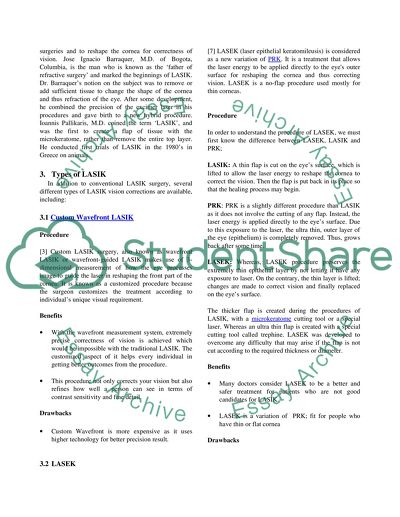Cite this document
(“Laser As A Medical Device Term Paper Example | Topics and Well Written Essays - 1750 words”, n.d.)
Retrieved from https://studentshare.org/health-sciences-medicine/1558552-medical-device-lasik
Retrieved from https://studentshare.org/health-sciences-medicine/1558552-medical-device-lasik
(Laser As A Medical Device Term Paper Example | Topics and Well Written Essays - 1750 Words)
https://studentshare.org/health-sciences-medicine/1558552-medical-device-lasik.
https://studentshare.org/health-sciences-medicine/1558552-medical-device-lasik.
“Laser As A Medical Device Term Paper Example | Topics and Well Written Essays - 1750 Words”, n.d. https://studentshare.org/health-sciences-medicine/1558552-medical-device-lasik.


